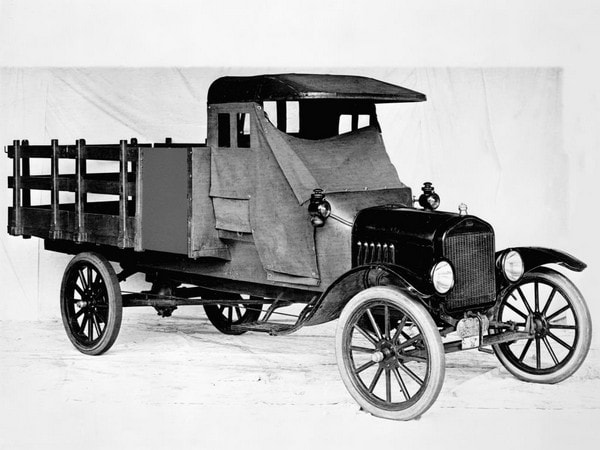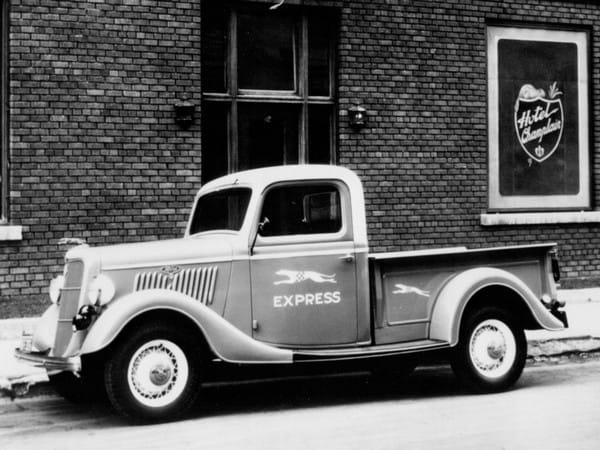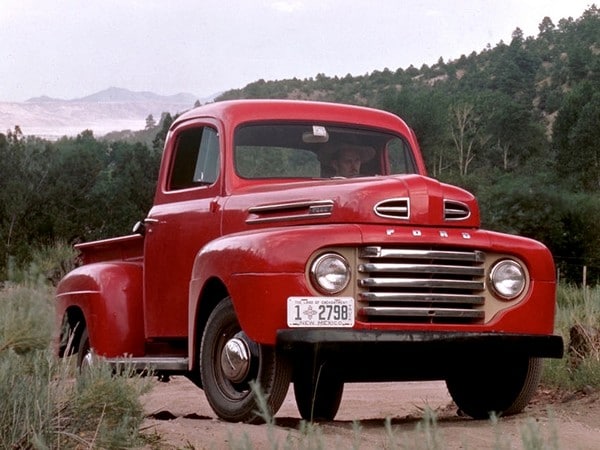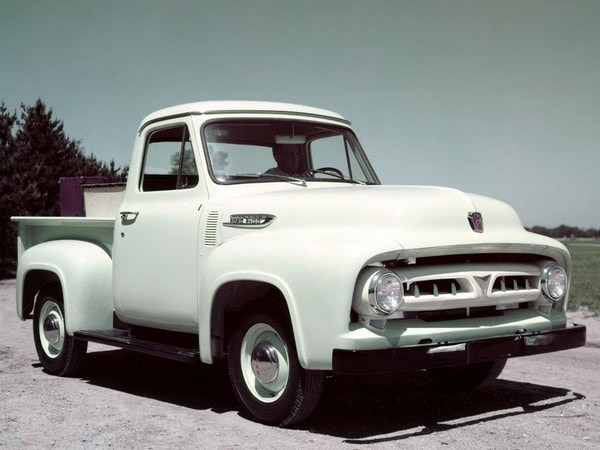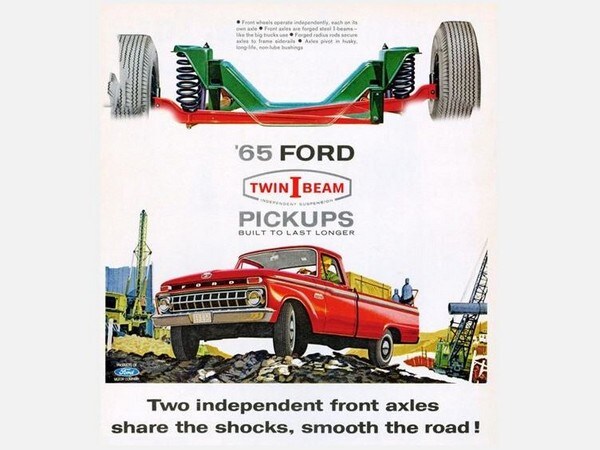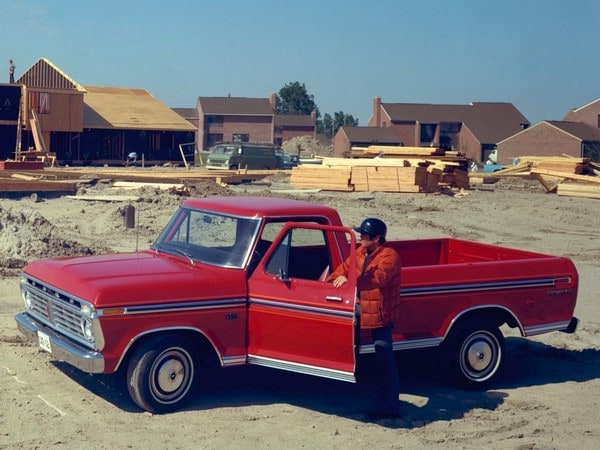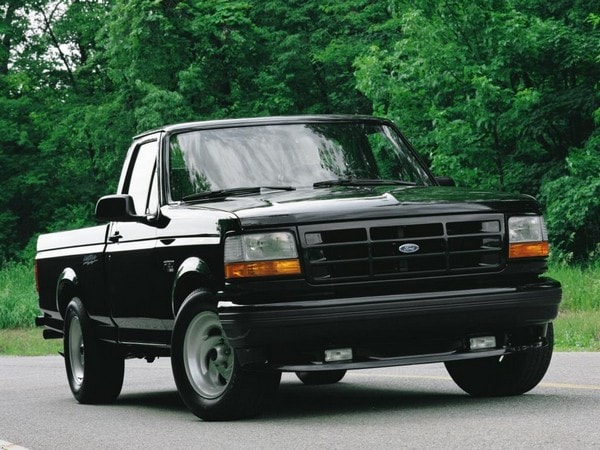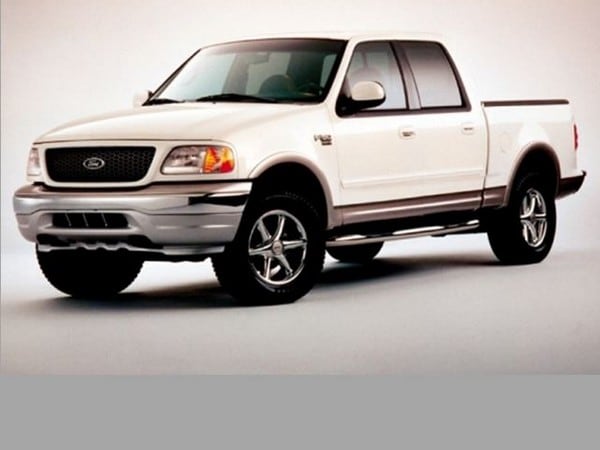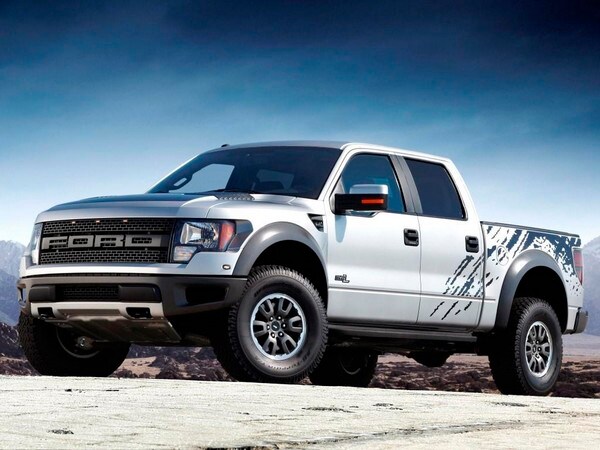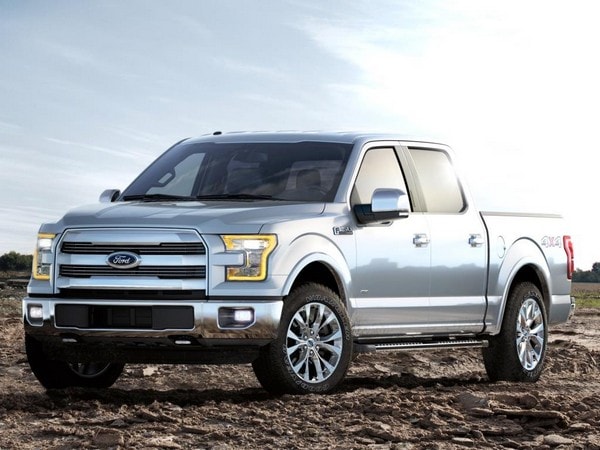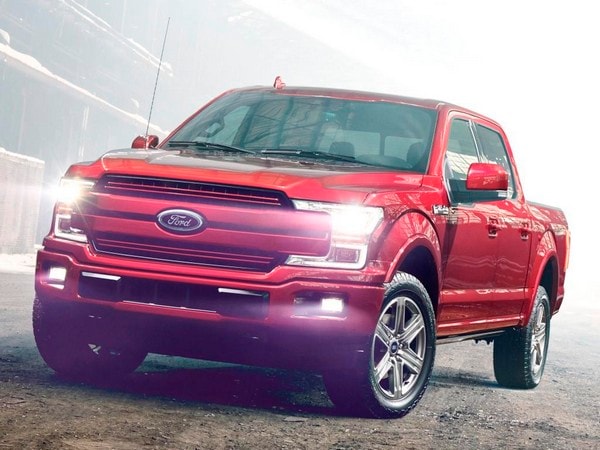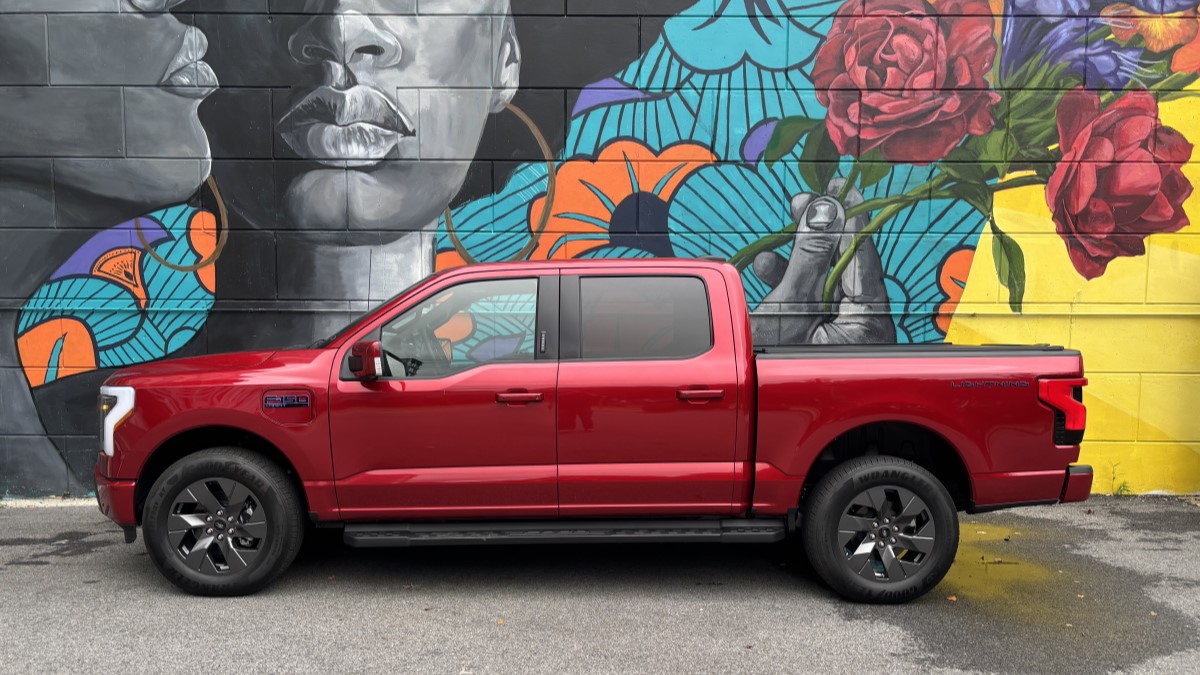You might think that with the 100th anniversaries of the Ford Motor Company (1903) and the Ford Model T (1908), the company had pretty much observed all its significant centennials. But on July 27, at the company’s World Headquarters in Dearborn, Michigan, Ford staged a very modest celebration of its 100th anniversary in the truck business.
The press release headline: “Ford Celebrates100 Years of Truck History.”
That’s not quite accurate. Ford’s history with trucks goes back to the earliest days of the company and the 1905 Delivery Car, which was based on the Model C touring chassis. At $1,000 it was expensive for the day, and it lasted just one model year. Ford refrained from direct participation in the truck business until 1912, when another Delivery Van made its appearance, this one based on the Model T.
So what Ford is actually celebrating is the centennial of its first pickup truck—its first production pickup, that is. Ford owners, most of them rural, had been creating their own pickups for many years, particularly after the 1908 arrival of the Model T, employing ingenuity and components from a growing aftermarket.
The owners often documented their Model T adaptations, sending descriptions and photos to Dearborn, and while the company was a little slow to react the messages did not go unheeded. The growing inclination to get serious about the truck business gathered momentum after Ford was awarded a U.S. Army contract for World War I ambulances developed on the Model T. And on July 27, 1917 Ford’s first production pickup debuted.
Also: Get your first look at the new and redesigned cars of 2018
Model T Roots
Predictably, it was based on a Model T chassis, with the T’s 20-horsepower 4-cylinder engine, planetary 2-speed transmission, and solid rubber tires on wooden artillery wheels. The wheelbase was stretched, the frame was strengthened for greater load-carrying, and the rear axle had a lower gear ratio, to make the most of the engine’s modest torque. Ford called it the TT, and the payload was 1,000 pounds, arguably the beginning of the half-ton designation that exists to this day, even though light duty pickups such as the F-150 have much higher load ratings.
That first offering had a soft top, and was identified as a Roadster Pickup. While its sales were modest compared to the regular Model T—Ford produced 735,020 Ts in 1917 alone—it quickly became clear that the pickup market had considerable potential. According to Ford historian Bob Kreipke the company produced only 209 pickups in calendar 1917, many of them experimental prototypes. But by the end of 1919 some 100,000 had emerged from Ford’s vast Highland Park plant. Production continued to ramp up through the end of the T era on May 26, 1927.
The Highland Park factory was silent for five months, and when the all-new Model A went into production October 20, 1927, a pickup truck was part of the range, initially as another roadster, with a closed cab version joining the lineup a little later.
Introduced in 1932, Ford’s Model B marked a major milestone in affordable propulsion with the advent of the new flathead V-8. The standard engine for Ford cars and trucks continued to be a 4-cylinder, but the flathead V-8 option lent power and panache to the pickup fleet for more than two decades.
Ford’s truck production wasn’t confined to pickups as the ‘30s rolled on. There were sedan delivery types, ambulances, bakery trucks, and paddy wagons. Heavier duty chassis (one-ton) appeared in 1936, supporting massive vehicles such as armored cars.
The War Years
Like all major U.S. manufacturing concerns, Ford turned to military production during World War II—most notably Jeeps (some 280,000), amphibious landing craft, troop transports, and about 8,000 B-24 bombers.
Ford’s first postwar civilian pickup—the Model 83 half-ton—rolled off the assembly line in late 1945. Just over 19,000 complete trucks were produced by the end of the year, but production increased sharply in ’46 and ’47, struggling to keep up with demand in an American market that hadn’t seen any new vehicles for four years.
In 1948 the F-series was born—the F1. F-1 gave way to F-100 in 1953, and Ford’s first overhead valve V-8 made its appearance a year later.
Also: See the 12 Kelley Blue Book Best Buys of 2017
Creative Variations
Between the F-100 and the 1976 introduction of the first F-150, Ford augmented its F-series with some vehicles that represented a departure from what had become pickup tradition. For example, in late 1957 Ford unveiled the Ranchero at the New York Auto Show. Based on Ford’s Ranch Wagon, it was billed as a Custom Sedan-Pickup, and was popular enough to inspire a response from Chevrolet—the 1959 El Camino.
In 1960 the big Ranchero was followed by a smaller edition—the Falcon Ranchero, based on the compact Falcon sedan (you may remember it, driven by Odd Job in “Goldfinger,” the 1964 James Bond flick). And a year later Ford introduced the Falcon Econoline Pickup, based on the company’s Econoline van.
But year in and year out the F-series was Ford’s pickup truck gold standard. In 1977, one year after its introduction, the F-150 became America’s bestselling truck, and five years later it was America’s bestselling vehicle overall.That distinction persists to this day.
It’s been a long journey from the 20-horsepower 1917 TT to a lineup topped by today’s 450-horsepower F-150 Raptor bad boy desert racer. And it’s far from over.
